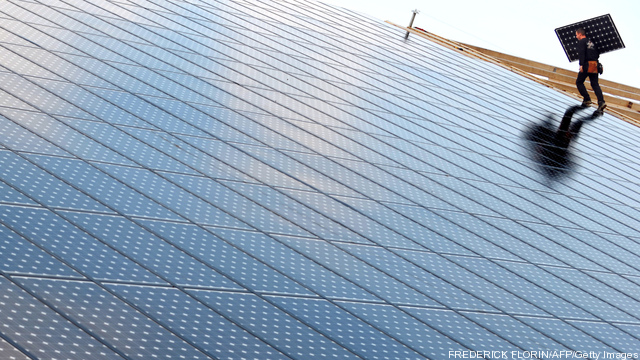
US greenhouse gas emissions from the energy sector are going to stay below their 2005 peak for the foreseeable future, thanks to more efficient energy usage and increased use of lower-carbon energy sources, says the Energy Information Administration (EIA).
The projection is in EIA’s preliminary outlook to 2040, the first agency analysis to project beyond 2035. Keep reading →


 EA-6B Prowler from the Salty Dogs of Air Test and Evaluation Squadron 23 flies September 16, 2011 over Southern Maryland. The plane uses a biofuel blend of JP-5 aviation fuel and camelina oil.
EA-6B Prowler from the Salty Dogs of Air Test and Evaluation Squadron 23 flies September 16, 2011 over Southern Maryland. The plane uses a biofuel blend of JP-5 aviation fuel and camelina oil.



